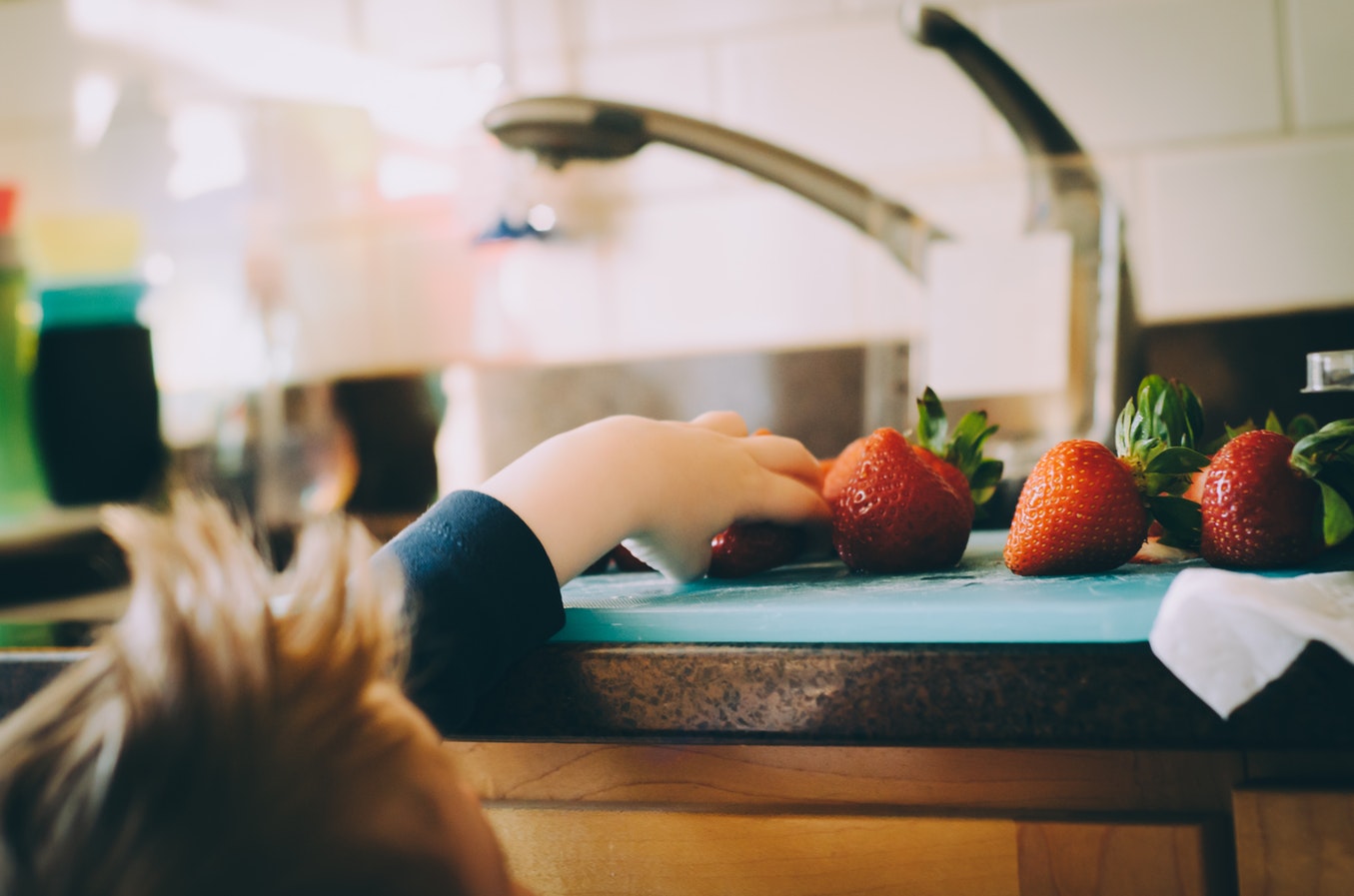Your bag is empty
Already have an account? Log in to check out faster.
Already have an account? Log in to check out faster.

Parents have the unenviable task of keeping children safe at home. Childproofing is a topic that’s close to our hearts. We’ve covered it before and we’ll cover it again because many child injuries happen at home, according to KidsHealth. Here is a room-by-room guide to childproofing your house.

When given a choice between a hand-me-down crib with sentimental value (say, the very crib you slept in as a baby) versus a new, modern crib, we choose the latter. Although more expensive, many of the
Inside the crib, make sure there aren’t any pillows, teddy bears, or other items that could suffocate the child. Suffocation is one of the main causes of unintentional deaths in kids under four years of age, according to National Safety Council President and CEO Deborah A.P. Hersman.
For more mobile children, install window guards and replace corded blinds with cordless treatments. Avoid keeping the corded baby monitor close to the crib too. Similarly, keep all wires and decorations out of the child’s reach. You can also try a pair of Handsocks for babies who tend to pull and tug.
Toddlers grab anything and everything around them for support when learning to crawl and pick themselves up. One child is treated for a TV-related injury every 30 minutes, so mount yours on the wall instead of using a TV stand. Also, keep the remote control away from them; they may open its cover and get their hands—or mouths—on the batteries.
To avoid injury, cover the sharp edges of your coffee table, fireplace
The kitchen is perhaps the most dangerous room in the house. Everywhere you
First, lock the cabinets and drawers containing sharp objects, like knives and scissors. Keep the microwave and other countertop appliances far enough back where the child cannot reach—not even on their tippy toes.
Refrigerators and ovens are particularly dangerous, especially if they’re easy to open. Install a latch if the oven does not lock on its own. Lock or remove the knobs when the stove is not in use. Install a refrigerator door lock, which you can purchase from Safety 1st, LIVSafe, or Dreambaby.

As your child gets older and starts potty-training, they may start taking the initiative to go to the bathroom on their own. An open toilet may be treated as a kiddie pool. For sanitary reasons, secure the “grown-up” toilet with a latch.
Lay anti-slip bath mats down and a gripped tub liner to keep kiddos from falling on their way in and out of the bath. Put a soft guard over the faucet and keep all soaps and cleaning supplies out of reach.
To avoid any hot water-related injury, ask your plumber to install a temperature controlling device. If your hot water heater is malfunctioning, call your warranty provider to get it repaired right away by a certified technician.

The yard is practically the wilderness to a child. Plants, insects, and animals are interesting but can be threatening in some form or fashion.
Always research the toxicity of plants before incorporating them into your garden and avoid treating your lawn with harsh chemicals.
A fence is a nice
Contributed by Paige A. Mitchell.
Paige is a freelance writer who enjoys sharing practical advice on how to make our homes safer, healthier, and overall more enjoyable.